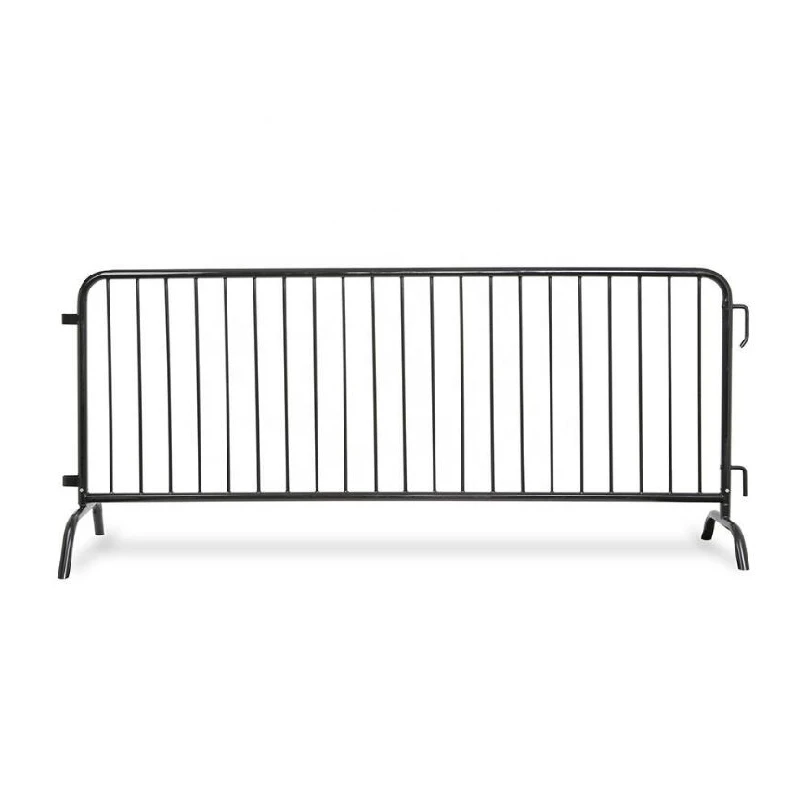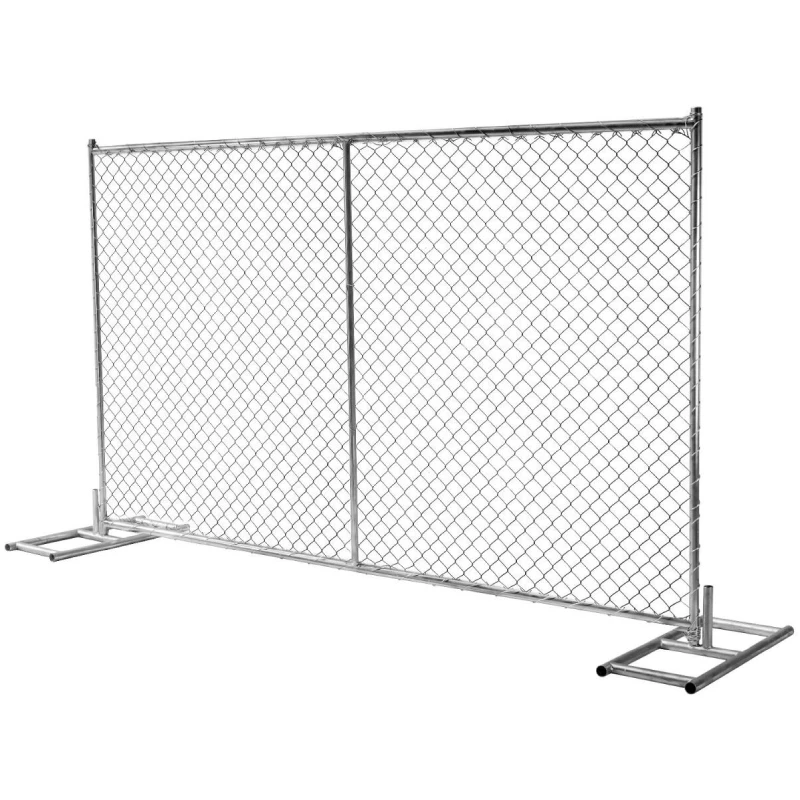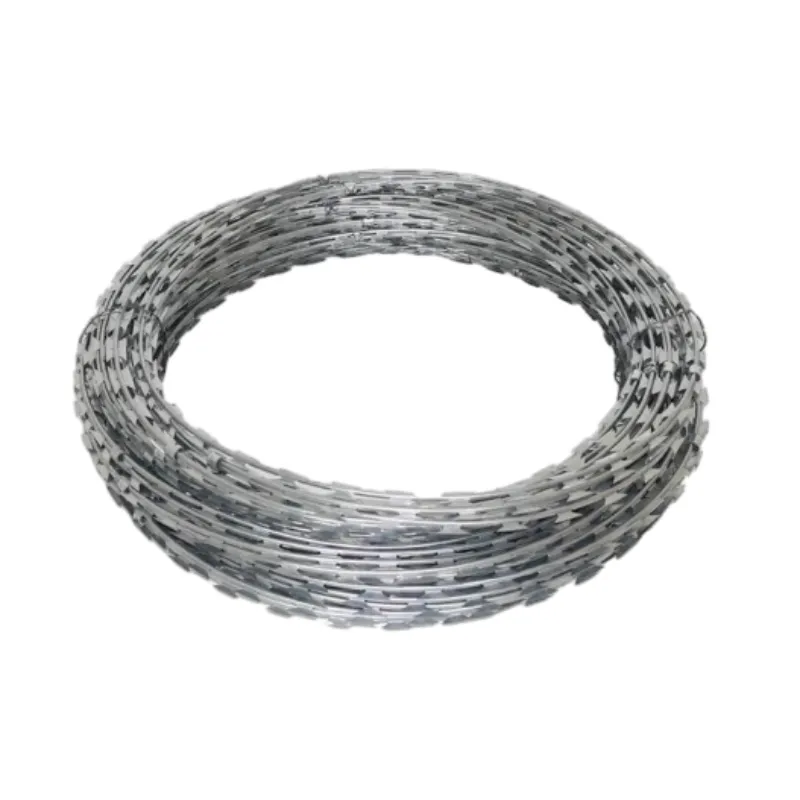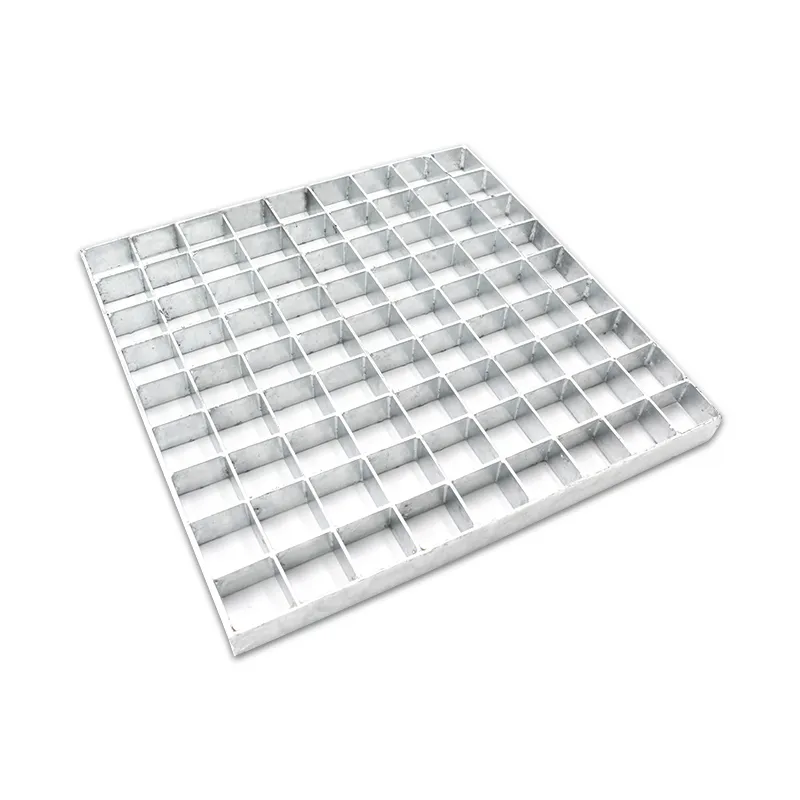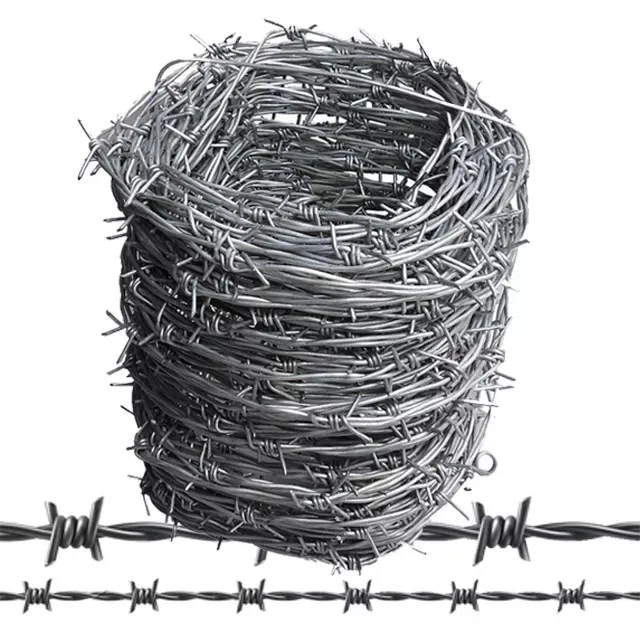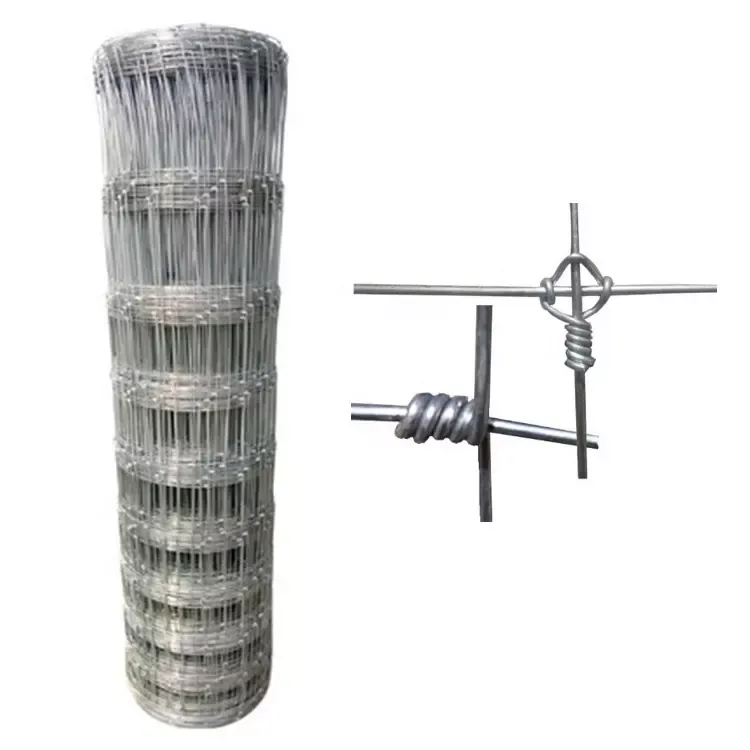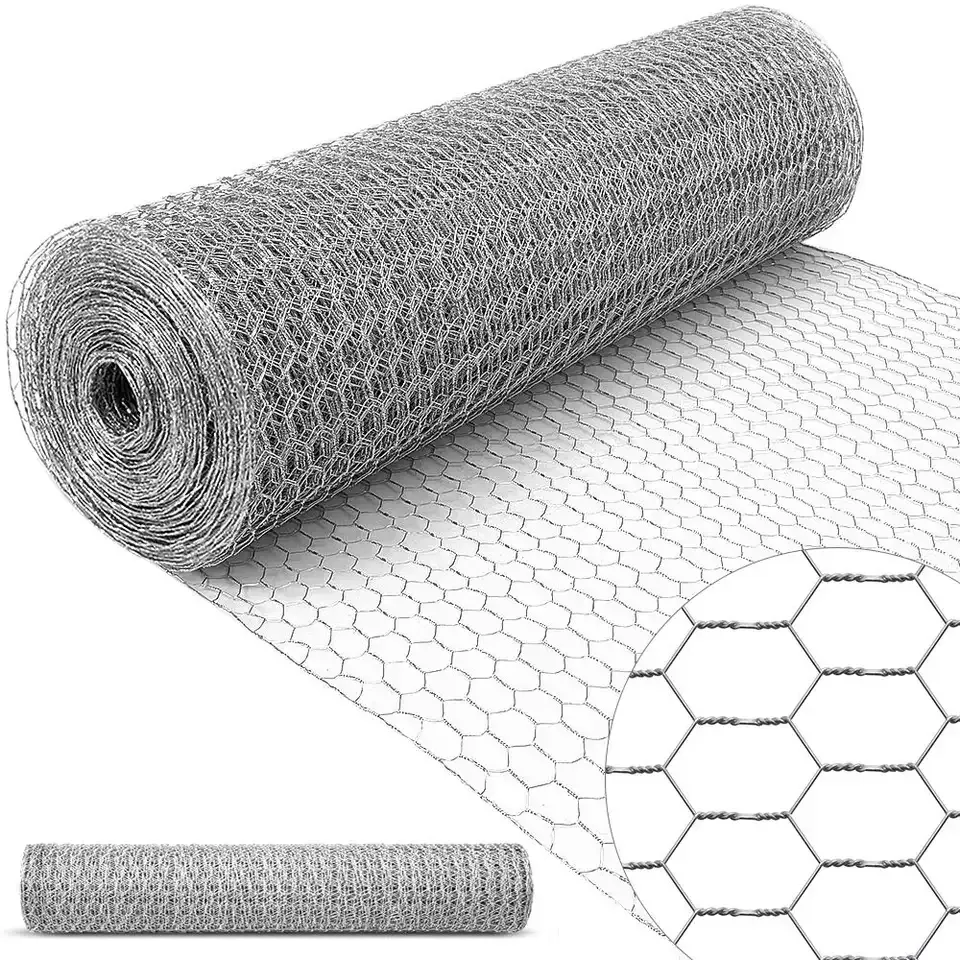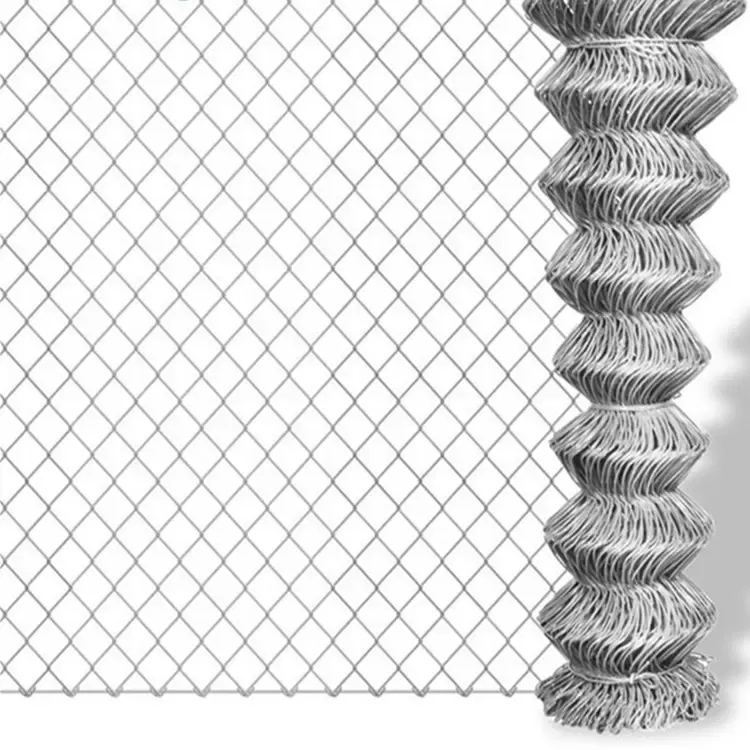
- Afrikaans
- Albanian
- Arabic
- Armenian
- Azerbaijani
- Basque
- Belarusian
- Bengali
- Bosnian
- Bulgarian
- Croatian
- Czech
- Danish
- Dutch
- English
- Esperanto
- Estonian
- Finnish
- French
- Galician
- Georgian
- German
- Greek
- hawaiian
- Hindi
- Hungarian
- Indonesian
- irish
- Italian
- Lao
- Latvian
- Lithuanian
- Luxembourgish
- Macedonian
- Maltese
- Myanmar
- Norwegian
- Polish
- Portuguese
- Romanian
- Russian
- Serbian
- Slovak
- Somali
- Spanish
- Swedish
- Thai
- Turkish
- Turkmen
- Vietnamese
Oct . 02, 2024 03:44 Back to list
Effective Strategies for Designing and Installing Cattle Ranch Fencing Solutions
Cattle Ranch Fencing Essential Considerations for Successful Grazing
Cattle ranching is a critical component of the agricultural industry, and effective fencing plays a vital role in ensuring the health and productivity of cattle. The primary purpose of fencing on a cattle ranch is to contain livestock, protect them from predators, and minimize human-wildlife conflicts. As such, selecting the right type of fencing and implementing it correctly is crucial for the success of any cattle ranch operation.
Types of Fencing
There are several types of fencing materials used in cattle ranching, each with its own advantages and disadvantages
. The most common types include barbed wire, electric fencing, wooden posts, and high-tensile wire.1. Barbed Wire Fencing Barbed wire is one of the most traditional and widely used materials for cattle fencing. It consists of wires with sharp barbs at regular intervals, making it difficult for cattle to push through. While durable and cost-effective, barbed wire fences can pose risks to livestock if they become tangled. Regular maintenance is necessary to ensure the safety of the animals.
2. Electric Fencing Electric fences have gained popularity in recent years due to their effectiveness in containing cattle. An electric fence delivers a mild shock when an animal touches it, deterring them from attempting to breach the boundary. This fencing type is versatile and can be adjusted easily to accommodate changing pasture needs. However, ranchers must consider maintenance and the need for a reliable power source.
3. Wooden Post Fencing Wooden post fences, while more expensive, offer aesthetic appeal and longevity. They can be constructed using various designs, including saddle notches or staples. The primary concern with wooden fences is their susceptibility to rot, insects, and weather damage. Regular treatment and inspection can prolong their lifespan.
4. High-Tensile Wire Fencing High-tensile wire is strong and durable, typically made from high-carbon steel. This type of fencing can maintain tension without sagging, making it an excellent option for larger pastures. It is often used in combination with wooden or metal posts. However, installation can be more labor-intensive compared to other options.
Planning the Fencing Layout
cattle ranch fencing
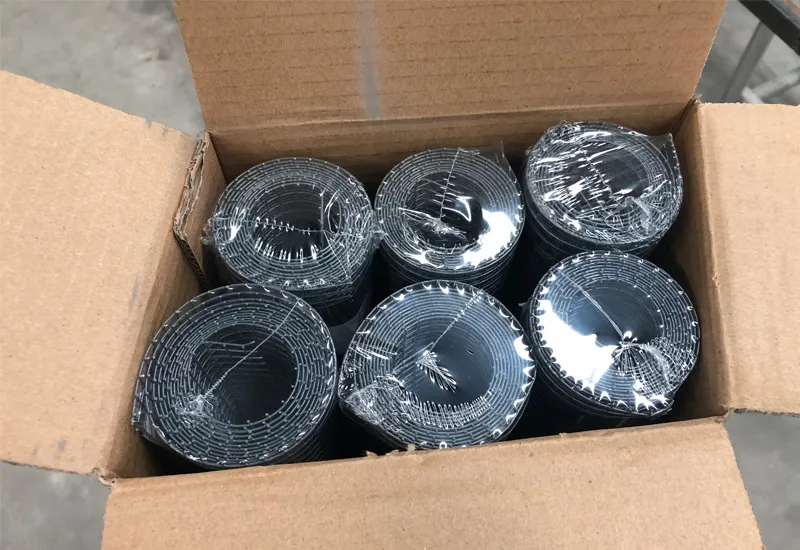
Before installing fences, ranchers must plan their layout carefully. The design should consider factors like terrain, water access, and grazing patterns. A well-planned fencing layout not only helps in efficient grazing management but also facilitates the movement of cattle between different pastures, known as rotational grazing, which enhances soil health and pasture productivity.
Additionally, incorporating gates in strategic locations is essential for easy access to pastures, water sources, and handling facilities. It is crucial to ensure that gates are sturdy and well-designed, as they are often the weak points in a fencing system.
Maintenance and Inspection
Regardless of the type of fencing employed, regular maintenance and inspections are essential to ensure integrity and functionality. Ranchers should routinely check for signs of wear and tear, especially after severe weather events. Correcting loose wires, replacing broken posts, and keeping the fence line clear of vegetation are key maintenance practices.
In addition, ranchers should educate themselves about local wildlife, as animals like deer or coyotes may attempt to breach the fence. Installing additional protective measures, such as wildlife-friendly fencing options or barriers, can help reduce conflicts.
Conclusion
In summary, fencing is a fundamental aspect of cattle ranching that deserves careful consideration. The choice of fencing material depends on various factors, including budget, terrain, and specific ranching needs. Regardless of the type chosen, regular maintenance, strategic layout planning, and an understanding of local wildlife are vital for effective cattle containment and overall ranch productivity.
Ultimately, investing time and resources in proper fencing solutions can lead to healthier livestock, enhanced pasture management, and a more prosperous ranching operation. As farming practices evolve, ranchers must remain adaptable and open to innovation in fencing techniques to ensure success in the ever-changing landscape of agriculture.
-
The Vital Role of Wire Mesh in Construction
NewsJul.01,2025
-
The Essential Benefits of Welded Wire Mesh
NewsJul.01,2025
-
Secure Your Property with Field Farm Fence
NewsJul.01,2025
-
Expert Chain Link Fence Installation
NewsJul.01,2025
-
Discover the Versatility of Hexagonal Wire Mesh
NewsJul.01,2025
-
Barbed Wire
NewsJul.01,2025


